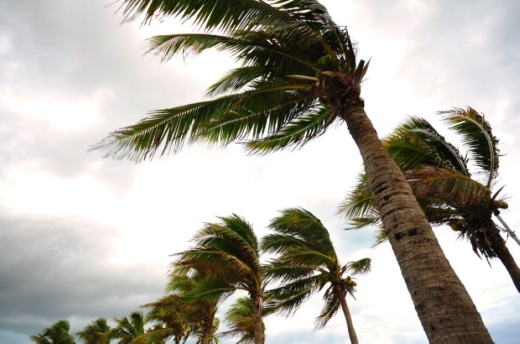According to www.ready.gov, making an emergency plan should be one of the first steps residents in hurricane-prone areas take to prepare. Everyone in a household should know and understand the hurricane plan.
In a situation such as a hurricane, residents might need supplies in their homes if they cannot leave. Supplies in a hurricane preparedness kit should include basics like food, water and other supplies to last for a few days. A disaster supplies kit is a collection of essential items in a household that residents may need in an emergency.
According to www.ready.gov, the following are basic disaster supplies:
• Water (one gallon per person per day for several days, for drinking and sanitation)
• Food (at least a three-day supply of nonperishable food)
• Battery-powered or hand crank radio and a National Oceanic and Atmospheric Administration Weather Radio with tone alert
• Flashlight
• First aid kit
• Extra batteries
• Whistle (to signal for help)
• Dust mask (to help filter contaminated air)
• Plastic sheeting and duct tape (to shelter in place)
• Moist towelettes, garbage bags and plastic ties (for personal sanitation)
• Wrench or pliers (to turn off utilities)
• Manual can opener (for food)
• Local maps
• Cell phone with chargers and a backup battery
Residents who assemble a hurricane preparedness kit will also need to remember to maintain it by keeping canned food in a cool, dry place and updating the kit every year to fit different families' needs.
For more tips on creating a kit, visit www.ready.gov/kit.





